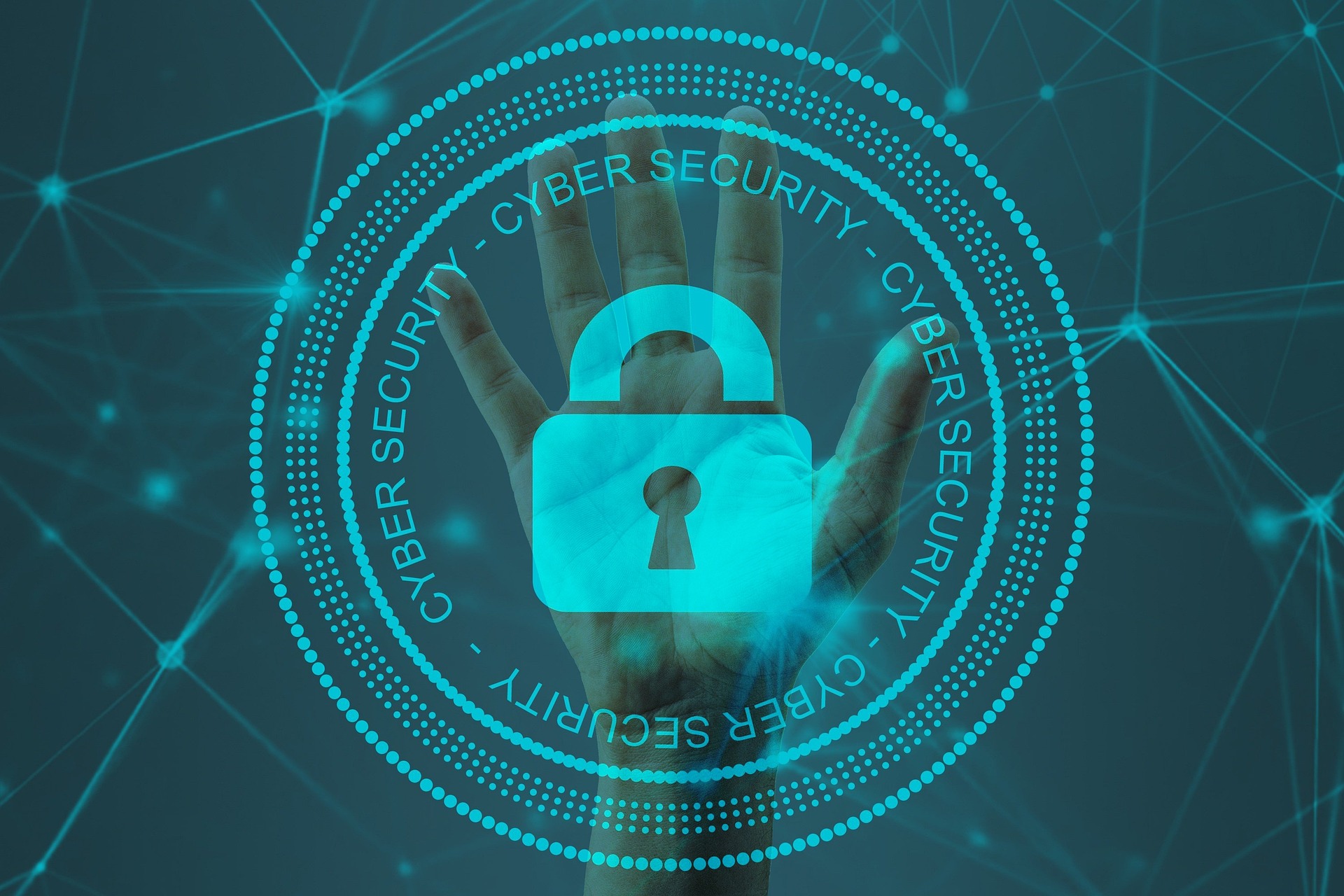In recent years, the landscape of work has undergone a significant transformation with the increasing adoption of remote work arrangements. As technology continues to advance and connectivity becomes more accessible, organizations worldwide are embracing remote work as a viable option for their workforce. However, with this shift comes the need for effective employee monitoring to ensure productivity and accountability in a virtual environment.
Introduction to Remote Work
Definition and Evolution
Remote work, also known as telecommuting or telework, refers to the practice of performing job duties from a location outside of the traditional office setting. This can include working from home, co-working spaces, or other remote locations. The concept of remote work has evolved over time, spurred by advancements in technology and changing attitudes towards work-life balance.
Advantages and Challenges
The adoption of remote work offers numerous benefits for both employers and employees. From increased flexibility and autonomy to reduced commuting time and costs, remote work can lead to higher job satisfaction and improved work-life balance. However, it also presents challenges such as managing communication, maintaining team cohesion, and ensuring accountability.
The Rise of Employee Monitoring
Definition and Purpose
Employee monitoring refers to the practice of using a variety of tools and techniques to track and evaluate employee activities and performance, particularly in remote work settings. The primary purpose of employee monitoring is multifaceted:
- Ensuring Productivity: By tracking employee activities, employers can ensure that their remote workforce remains focused on assigned tasks and projects, thereby maximizing productivity levels.
- Preventing Data Breaches: Monitoring employee behavior can help identify and prevent potential security threats or data breaches, safeguarding sensitive company information from unauthorized access or misuse.
- Maintaining Compliance: Employee monitoring assists organizations in adhering to internal policies, industry regulations, and legal requirements. By monitoring employee activities, companies can ensure compliance with labor laws, data protection regulations, and industry standards.
Types of Monitoring Tools
Employers have access to a range of monitoring tools designed to track various aspects of employee behavior and performance. Some common types of monitoring tools include:
- Time Tracking Software: These tools allow employers to monitor the amount of time employees spend on specific tasks or projects. Time tracking software can help identify inefficiencies, optimize workflow processes, and accurately track billable hours for client projects.
- Productivity Metrics: Productivity monitoring tools measure employee performance based on key performance indicators (KPIs) such as completed tasks, deadlines met, and overall output. These metrics provide valuable insights into individual and team productivity levels, enabling employers to identify areas for improvement and optimize resource allocation.
- Employee Surveillance: Employee surveillance tools, such as screen monitoring software or video surveillance systems, enable employers to monitor employee activities in real-time. These tools may capture screenshots, record screen activity, or track mouse and keyboard usage to monitor productivity and identify potential security risks.
- Keystroke Logging: Keystroke logging software records every keystroke typed by an employee, allowing employers to monitor email communications, chat messages, and other text-based interactions. While keystroke logging can provide valuable insights into employee behavior, it also raises concerns about privacy and data security.
- Internet Usage Tracking: Internet monitoring tools track employees’ online activities, including websites visited, applications used, and downloads made. These tools help employers enforce acceptable use policies, prevent unauthorized access to sensitive information, and mitigate security risks associated with malicious websites or phishing attacks.
Overall, the use of monitoring tools in remote work settings requires careful consideration of privacy concerns, legal requirements, and ethical considerations to ensure a balance between productivity and employee rights.
Balancing Productivity and Privacy
Importance of Trust
While employee monitoring can help enhance productivity and efficiency, it is essential to strike a balance between monitoring and respecting employee privacy. Building trust and transparency within the organization is crucial to fostering a positive work environment and mitigating concerns about intrusive surveillance.
Strategies for Effective Monitoring
Employers can adopt several strategies to ensure effective monitoring without compromising employee privacy. This includes clearly communicating monitoring policies and procedures, providing training on remote work best practices, and focusing on outcomes rather than micromanaging individual tasks.
Implementing Remote Work Policies
Communication and Transparency
Effective communication is key to successful remote work arrangements. Employers should establish clear channels of communication, provide regular updates and feedback, and encourage open dialogue between remote teams.
Training and Support
Providing training and support for remote employees is essential for ensuring they have the necessary tools and resources to succeed in their roles. This can include technical training on remote work software, time management skills, and strategies for maintaining work-life balance.
Building a Positive Remote Work Culture
Encouraging Autonomy and Flexibility
Remote work offers employees the opportunity to have more control over their schedules and tasks. By allowing employees to have autonomy and flexibility, employers empower them to manage their time and workload in a way that best suits their needs and preferences. This can lead to increased job satisfaction, productivity, and work-life balance. Employers can encourage autonomy and flexibility through various strategies:
| Strategies | Description | Benefits |
| Empowering Ownership | Encouraging employees to take ownership of their work fosters a sense of responsibility and accountability. By entrusting employees with the autonomy to make decisions and manage their tasks independently, employers demonstrate trust and confidence in their abilities. | – Increased sense of responsibility
– Enhanced accountability – Greater employee engagement |
| Flexible Work Arrangements | Offering flexible work arrangements, such as flexible hours or the option to work remotely part-time or full-time, allows employees to balance their work commitments with personal responsibilities and preferences. Flexible work arrangements accommodate diverse needs and lifestyles, leading to higher employee satisfaction and retention. | – Improved work-life balance
– Reduced stress and burnout – Higher employee retention rates |
| Clear Communication | Establishing clear communication channels and expectations is essential for fostering autonomy and flexibility in a remote work environment. Providing regular updates, setting clear goals and objectives, and offering support and guidance when needed ensures that employees understand their roles and responsibilities. | – Enhanced clarity and understanding
– Increased transparency and trust – Improved collaboration and teamwork |
| Encouraging Time Management | Encouraging employees to prioritize tasks, set goals, and manage their time effectively promotes autonomy and productivity. Employers can provide resources and tools to help employees improve their time management skills, such as time tracking software or productivity apps. | – Better task prioritization
– Enhanced productivity and efficiency – Reduced procrastination and distractions |
Overall, encouraging autonomy and flexibility empowers employees to work in a way that best suits their individual needs and preferences, leading to higher job satisfaction, engagement, and performance.
Recognizing and Rewarding Performance
In a remote work environment, recognizing and rewarding employee performance is crucial for maintaining motivation, engagement, and morale. Employers can implement various strategies to acknowledge and reward individual and team achievements, including:
- Rewards Programs: Implementing rewards programs, such as bonuses, incentives, or recognition schemes, motivates employees to perform at their best and reinforces desired behaviors. Rewards can be monetary or non-monetary and tailored to individual preferences and performance metrics.
- Professional Development Opportunities: Providing opportunities for professional development, such as training workshops, seminars, or certifications, demonstrates a commitment to employee growth and career advancement. Investing in employees’ skills and knowledge enhances their job satisfaction, loyalty, and long-term success within the organization.
- Acknowledging Achievements: Acknowledging individual and team achievements through public recognition, praise, or awards boosts morale and fosters a culture of appreciation and gratitude. Celebrating milestones, successes, and contributions reinforces positive behaviors and encourages continued excellence.
- Feedback and Performance Reviews: Regular feedback and performance reviews enable employees to receive constructive criticism, guidance, and recognition for their contributions. Open and transparent communication about performance expectations, progress, and areas for improvement facilitates continuous learning and development.
By recognizing and rewarding performance in a remote work environment, employers demonstrate appreciation for employees’ efforts and contributions, fostering a positive and supportive work culture conducive to productivity, collaboration, and success.
As remote work continues to become a prevalent part of the modern workforce, organizations must adapt their strategies for employee monitoring to ensure productivity, accountability, and respect for privacy. By implementing clear policies, fostering trust and communication, and prioritizing employee well-being, companies can create a positive remote work culture that benefits both employees and the organization as a whole.
FAQs
- Is employee monitoring legal?
- Yes, employee monitoring is legal as long as it complies with relevant laws and regulations regarding data protection and privacy.
- What types of data can employers monitor?
- Employers can monitor various types of data, including internet usage, email communications, computer activity, and time spent on tasks.
- How can employers balance productivity and privacy?
- Employers can balance productivity and privacy by implementing transparent monitoring policies, focusing on outcomes rather than micromanaging tasks, and respecting employee confidentiality.
- What are some common employee monitoring tools?
- Common employee monitoring tools include time tracking software, productivity metrics, employee surveillance cameras, and keystroke logging software.
- How can employers foster a positive remote work culture?
- Employers can foster a positive remote work culture by encouraging autonomy and flexibility, recognizing and rewarding performance, and providing training and support for remote employees.




